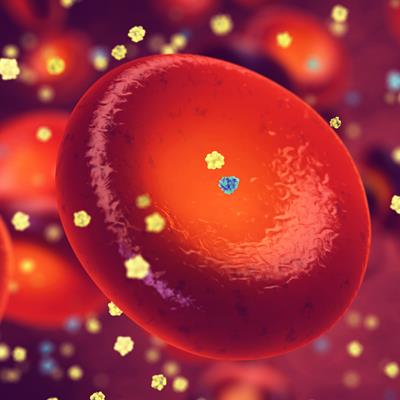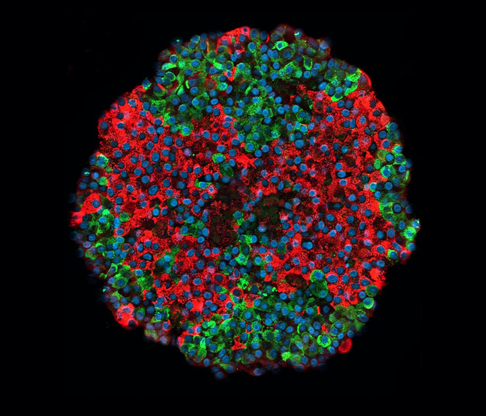June 9, 2023 -- A large, worldwide DNA study has shed light on how healthy blood sugar levels are maintained after eating—and how that process may go wrong. The findings, published Thursday in Nature Genetics, may inform treatment for type 2 diabetes, which affects over 460 million people worldwide.
The hormone insulin helps regulate levels of blood sugar, or glucose. People with type 2 diabetes cannot regulate their glucose levels, either because they don't secrete enough insulin when glucose levels increase, or because their cells are less sensitive to insulin, a condition called insulin resistance.
Risk factors contributing to type 2 diabetes include being overweight, older, obese, inactive, or genetically predisposed. If untreated, type 2 diabetes can lead to complications including eye disease, kidney disease, nerve damage, and heart attack and stroke risk.
Most insulin resistance studies have focused on the fasting state hours after a meal, when insulin is acting on the liver. But some people spend more time in a fed state, when insulin acts on muscle and fat tissues. Poorly understood molecular mechanisms underlying insulin resistance following a glucose challenge such as a sugary drink may play a key role in type 2 diabetes development.
In order to better understand these mechanisms, scientists used genetic data from 28 studies, encompassing more than 55,000 normal participants without type 2 diabetes, seeking genetic variants that influenced insulin levels two hours after a sugary drink.
The team identified 10 new loci—the physical locations of genes on chromosomes—associated with insulin resistance. Eight of these loci were also associated with a higher risk of type 2 diabetes. The gene that codes for GLUT4, a critical protein responsible for insulin-regulated glucose uptake into fat and muscle cells, is on one newly identified locus associated with a reduced amount of GLUT4 in muscle tissue.
Seeking additional genes that affect glucose regulation, the researchers investigated cell lines from mice. They discovered 14 genes that played a significant role in GLUT 4 transport and glucose uptake; nine had not previously been linked to insulin regulation.
Further experiments showed that these genes altered the ability of the GLUT4 protein to move from inside the cell to its surface. The less GLUT4 that makes its way to the cell surface, the poorer the cell's ability to remove glucose from the blood. Given that problems regulating blood glucose after a meal can be an early sign of increased type 2 diabetes risk, the researchers hope their insights into the mechanisms involved will lead to better care for prediabetics.
"Our findings open up a potential new avenue for the development of treatments to stop the progression of type 2 diabetes," Claudia Langenberg, director of Queen Mary University of London's Precision Healthcare University Research Institute, said in a statement. "It also shows how genetic studies of dynamic challenge tests can provide important insights that would otherwise remain hidden."
Copyright © 2023 scienceboard.net












